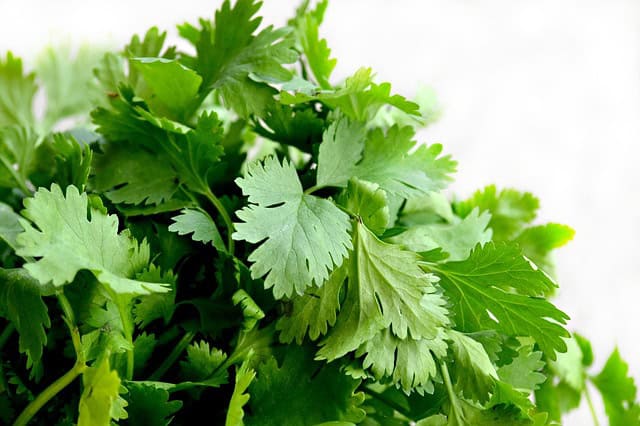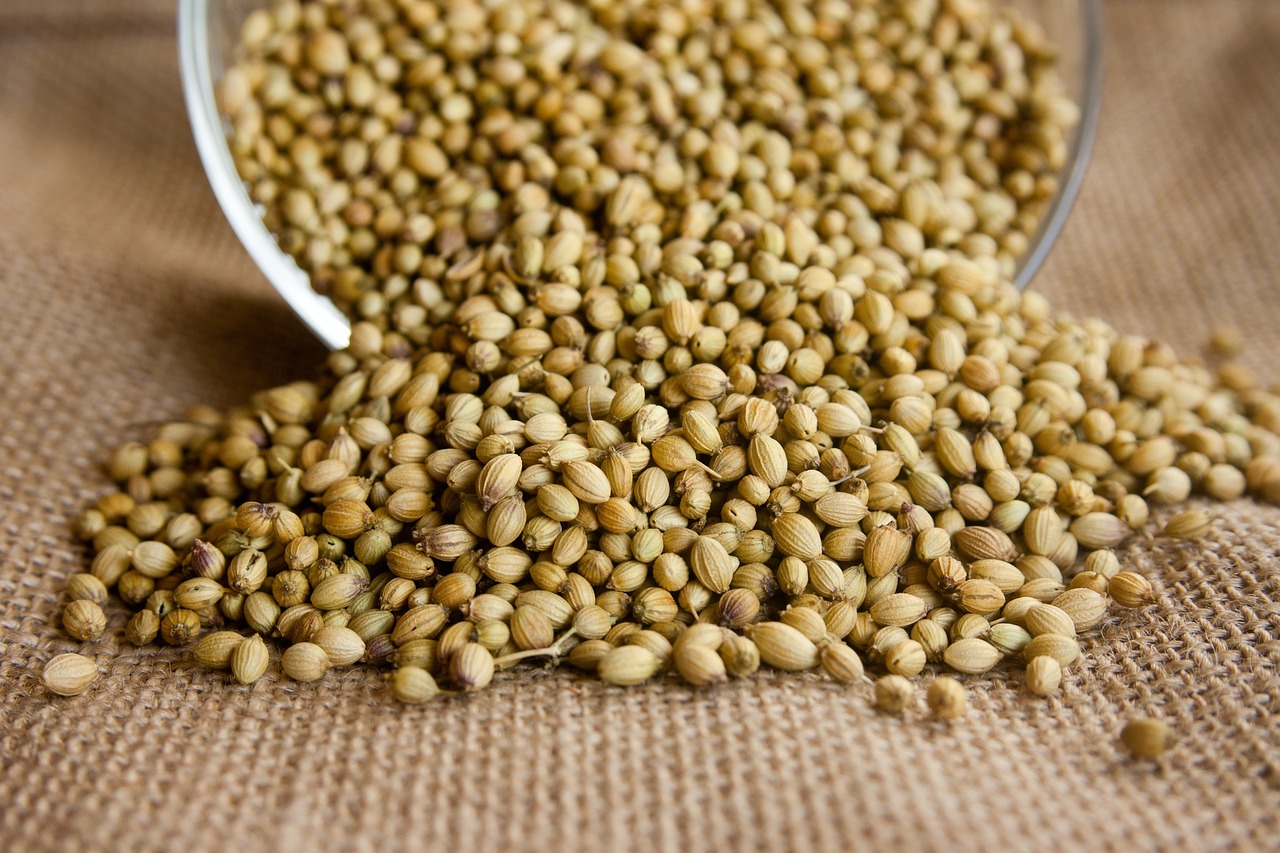In this post, we will cover everything you need to know about harvesting coriander seeds, from growing the plant to storing the seeds.
Understanding Coriander

Coriander (Coriandrum sativum) is an herb with a dual purpose. The fresh leaves, commonly known as cilantro, are often used in salads, salsas, and garnishes. The seeds offer a warm, citrusy flavor that enhances various dishes, from curries to baked goods.
Growing Coriander
Before you can harvest seeds, you’ll need to grow the coriander plant. Here are some essential tips for successful cultivation:
Soil: Coriander prefers well-drained soil rich in organic matter. A pH of 6-7 is ideal.
Light: This herb thrives in full sunlight but can tolerate partial shade. Choose a location that receives at least 6 hours of sunlight a day.
Planting: Sow coriander seeds directly into the garden after the last frost. You can also start indoors and transplant once the seedlings are strong enough. Space seeds about 1 inch apart and thin them to about 6 inches apart once they sprout.
Watering: Keep the soil consistently moist but not waterlogged. Regular watering helps promote healthy growth.
Fertilizing: A light application of balanced fertilizer once the plants are established can encourage robust growth.
When to Harvest Coriander Seeds
Knowing when to harvest coriander seeds is crucial for preserving their flavor and quality. Seeds are typically ready for harvest when the plant flowers and the flowers develop into seed clusters. This process usually takes about 100-120 days from planting.
Signs That Seeds are Ready:
Color Change: The seeds initially appear green and will gradually turn brown as they mature.
Dryness: Mature seeds will become dry and hard. The plant itself may start to wilt, which indicates that the seeds are ready for harvest.
Brittle Test: If you gently squeeze a seed between your fingers, it should crumble if it’s fully dried and ready.
Harvesting Techniques
Once your coriander seeds are mature, it’s time to harvest. Here’s a step-by-step guide:
Gather Tools: You will need garden shears, a paper bag or container for collecting seeds, and possibly gloves.
Cutting: Use the shears to cut off whole seed heads. It’s best to do this in the morning when dew has dried but before the heat of the sun intensifies.
Collecting: Place the seed heads into a paper bag or container. If the seeds fall off easily, you can collect them directly into the container.
Removing Seeds: After a few days of drying in a cool, dry place, gently rub the dried seed heads to release the seeds.
Sorting: Discard any debris or damaged seeds and separate the good seeds for storage.
Drying and Storing
For the best flavor, it’s essential to store your coriander seeds correctly. Follow these tips:
Drying: If the seeds feel slightly moist after harvesting, spread them on a tray and allow them to air dry for a few days.
Storage: Store dried seeds in an airtight container, away from direct sunlight and heat. A cool, dark place like a pantry is ideal.
Labeling: Make sure to label the container with the harvest date. Properly stored seeds can last for up to two years.
Culinary Uses of Coriander Seeds
Coriander seeds can be used whole or ground, making them a versatile addition to your pantry. Here are some culinary suggestions:
Whole Seeds: Use them in pickling, curry powders, and spice blends. Toasting the seeds releases their essential oils and enhances their flavor.
Ground Seeds: You can easily grind seeds using a mortar and pestle or a spice grinder. Ground coriander adds depth to baked goods, marinades, and sauces.
Conclusion
Harvesting coriander seeds not only allows you to enjoy the fresh flavors they provide but also connects you to the gardening process from seed to spice. Whether you’re growing them for culinary use or simply enjoying the beauty of the plant, these little seeds pack a big punch in your kitchen. With the right timing and techniques, you can enjoy your homegrown spices for years to come. Happy harvesting!





